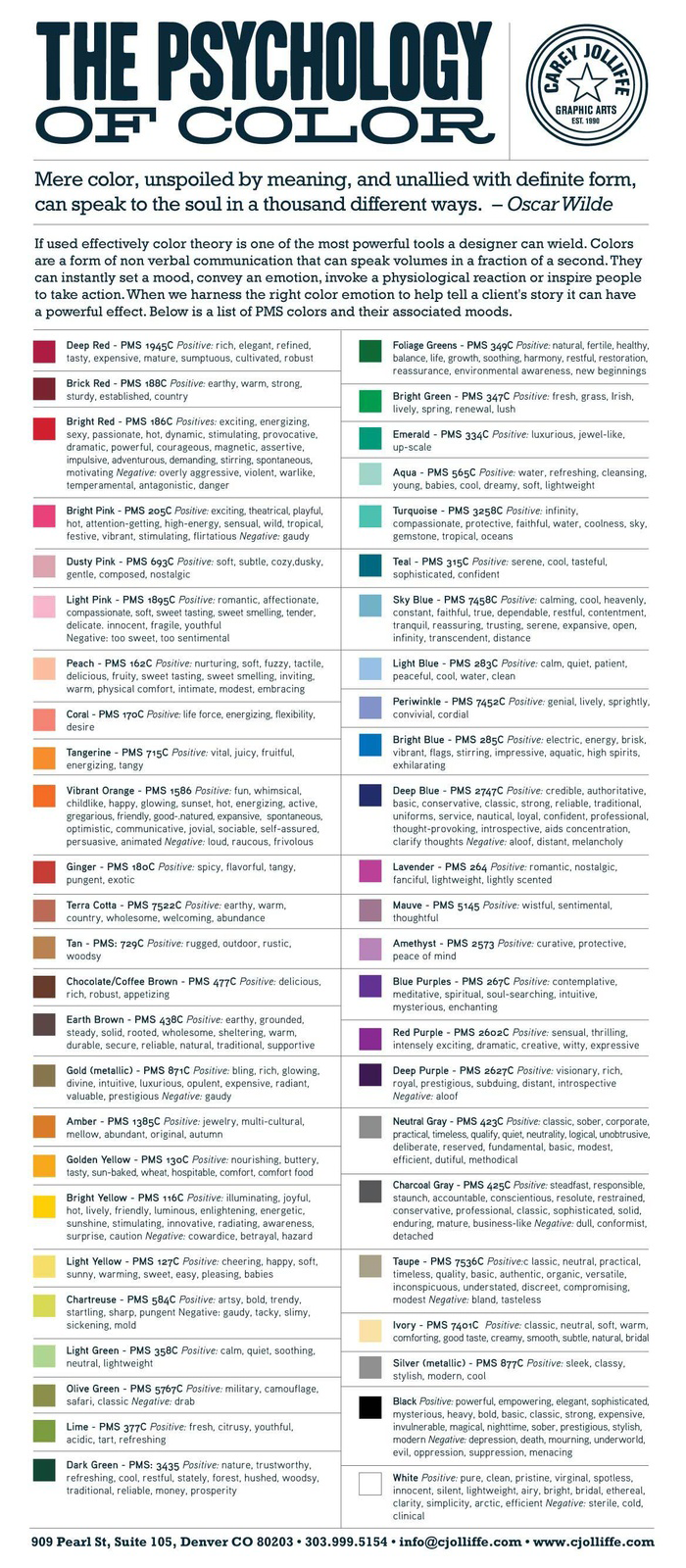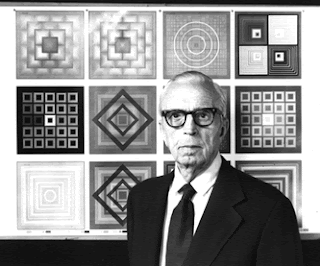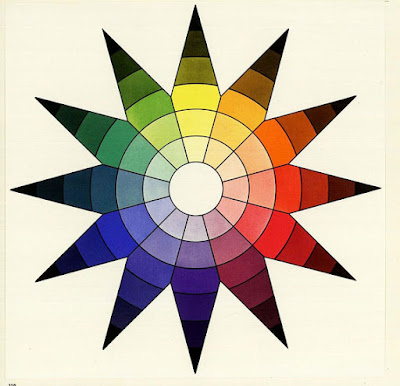Music is a powerful influence in some clients life. Often the creative mind appreciates music similarly as they appreciate expressing emotions through artwork. The correlation of music and Art allows for breakthroughs in therapy. There are different ways to incorporate music and drawing, some are self guided while others tend to be direct.
 |
| Figure 1 |
Self guided art to music often incorporates the lyrics of favorite bands. For example, figure one is a creative expression of song lyrics that have meaning to an artist. This young artist is
Marissa Brown, focuses on art that is simple with a lot of meaning. Her mediums include computer art and pen and paper. Marissa is a great example of how music influences artwork.
Of Course, we all can't be as self driven and artistically talented as Marissa, that's why there are further guided therapies. Some of these therapies include drawing how you feel to a specific type of music. An example of this exercise looks like playing a song while children draw. Mary Christensen does a great post on
drawing to music with her own children. There is a direct correlation with different wave lengths in music that help with creativity, and emotional stability.
Delta and Alpha wave lengths in music can help guide a client through an exercise, this is called synaesthesia. Depending on what emotions and behavior disorders the client is experiencing helps the therapist decide what music to play during this exercise. Christensen has some really awesome examples of kids drawings and how to direct the exercise. Mediums she uses include taping a giant piece of easel paper to the floor and giving her kids crayons, markers and slick stickers to portray their connection to the music they hear. An example of the outcome is below in figure 2.
 |
Figure 2
|
Christensen's exercise is geared more towards children, but can be modified for older clients. Another exercise that is specific to older clients includes choosing their favorite music and asking them to draw to either a song or an album. This exercise is often self directed but a therapist can talk through the process as well. Marissa's example is of a self guided exercise, in a therapy setting we may see something more directed towards one emotions to the song rather then a representation of the song. One of the greatest things about synaesthesia is that there is no wrong way to do it.
References:
Christensen, M. (2016). Drawing to Music with Children. Retrieved November 06, 2016, from http://artfulparent.com/2012/01/guest-post-music-and-art.html









